In Volkswagen ID.4 versus Tesla Y: Did the Empire Strike Back? I wondered if some of the world’s best engineers (at least when it comes to cheating on emissions tests) could make a better car than Tesla. The answer, at least for the Audi division, turned out to be “no” (see Good news for dogs: Tesla 3 dominates Hyundai, Audi, and Polestar).
This week our government-affiliated media told us “Miss America makes history, as a Korean American from Alaska wins the title” (NPR):
“I never could have imagined in a million years that I would be Miss America, let alone that I would be Miss Alaska,” a beaming Emma Broyles told The Associated Press on Friday in a Zoom call from Connecticut, where she won the competition about 12 hours earlier.
Broyles, 20, said her grandparents immigrated from Korea to Anchorage about 50 years ago, before her mother was born.
“Although my mom is full Korean, she was born and raised right in Anchorage, Alaska,” Broyles said.
(For those who aren’t familiar with Korean language and culture, “Broyles” is a common surname for people from Changwon, capital of Gyeongsangnam-do.)
Broyles’ future plans include becoming a dermatologist and returning to Alaska to practice her profession.
This prompted me to write a derm friend, “She’ll be the nation’s second prettiest dermatologist.” Separately, I’m not sure what med school Miss America plans to attend. At the med schools with which I am familiar, there are no future dermatologists on track to make $650,000 per year in the private sector outside of a major metropolitan area. Every student describes plans to choose a low-income specialty with an emphasis on delivering care to “the underserved.”
And the non-government-run Motortrend says that Koreans are making a better car for Americans who want electric, but don’t go to the drag strip every Friday night. From “2022 Hyundai Ioniq 5 First Drive” (12/16):
The Ioniq 5 costs tens of thousands of dollars less than the Model Y, can go just about as far on a charge, charges faster, has more standard and optional features, is quieter inside, rides better, is built better, and has a better interior. The Model Y is quicker and sportier, and the Supercharger network is currently more reliable and easier to use than the non-uniform charging options for everyone else, but that and brand prestige are all the Tesla really wins on.
Hyundai has delivered a quieter EV than Tesla, however, having gone above and beyond stuffing the Ioniq 5 with noise-abating technologies. This mass-appeal electric SUV is as quiet inside as a high-dollar luxury car. Wind and road noise are kept to such a minimum you’ll easily lose track of just how fast you’re going.
Similarly, the Ioniq 5 rides considerably smoother than the Model Y and Model 3. That’s what you get in exchange for the slower, less sporty driving experience. … The quiet comfort and unhurried demeanor make it a relaxing car to drive rather than an exciting one.
More than any of its other legacy competitors, the Ioniq 5 makes you consider what you’re actually paying extra for in a Tesla, and the answer to that question just got a lot smaller.
(With 333 million Americans (and more arriving every day) trying to share a highway system built for 180 million people (U.S. population in 1960), I don’t know how many Tesla owners are able to take advantage of the sportiness. I personally will take the quiet and comfort for sitting in traffic!)
What will a RWD Hyundai cost for driving around Florida? About $37,000 for the long-range version after $7,500 in tax credit has been squeezed out of middle-class Americans who couldn’t afford to buy a fancy new car. This is $20,000 cheaper than a Tesla Y, Motortrend points out.
Will the Ioniq 5 have dog mode? Some earlier Hyundais have offered “utility mode” that may do the same thing (see Hyundai electric cars actually do have dog mode). The Ioniq 5 has the, uh, bones for it: “Heat Pump System Explained – How Heating and Cooling Works | IONIQ 5”.
As long as we’re talking drag racing, here are some photos from today’s trip to the local track:
I have been meaning to get a helmet and enter the Honda Odyssey in a race. I have also been thinking that it would be fun to offer Biden/Harris bumper stickers to the folks with American flag paint schemes on their dragsters.
Speaking of #Science-informed government, Dr. Jill Biden, M.D., wants these motorsports-loving sandhill cranes to lay off the corn dogs, deep-fried Oreos, and funnel cakes:
Circling back to the main theme… is it time for Elon Musk to retire from Tesla? Even if the company can survive and perhaps thrive against the companies that have built most of the world’s cars, Tesla won’t be nearly as much fun to run if there is real competition.


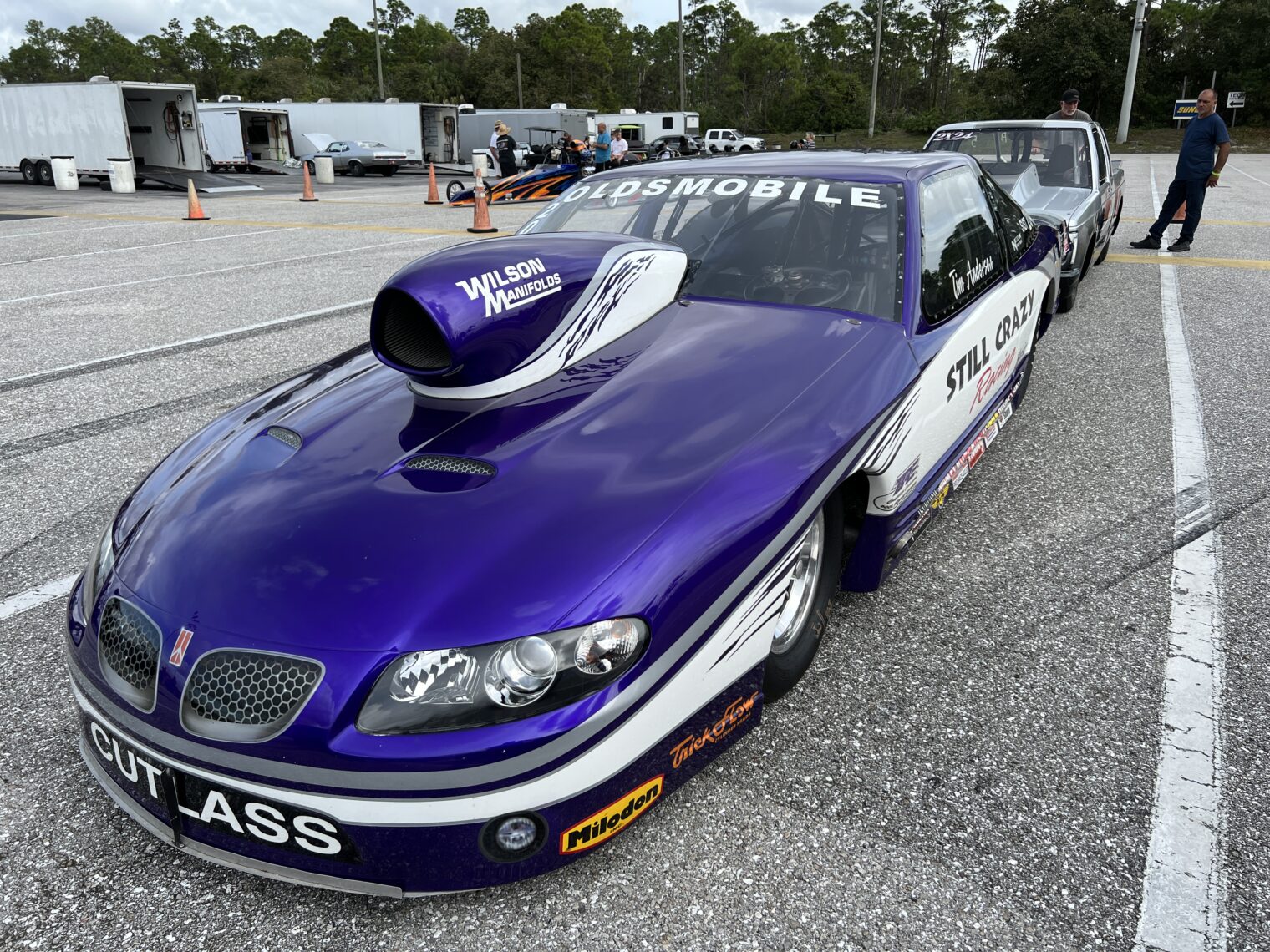

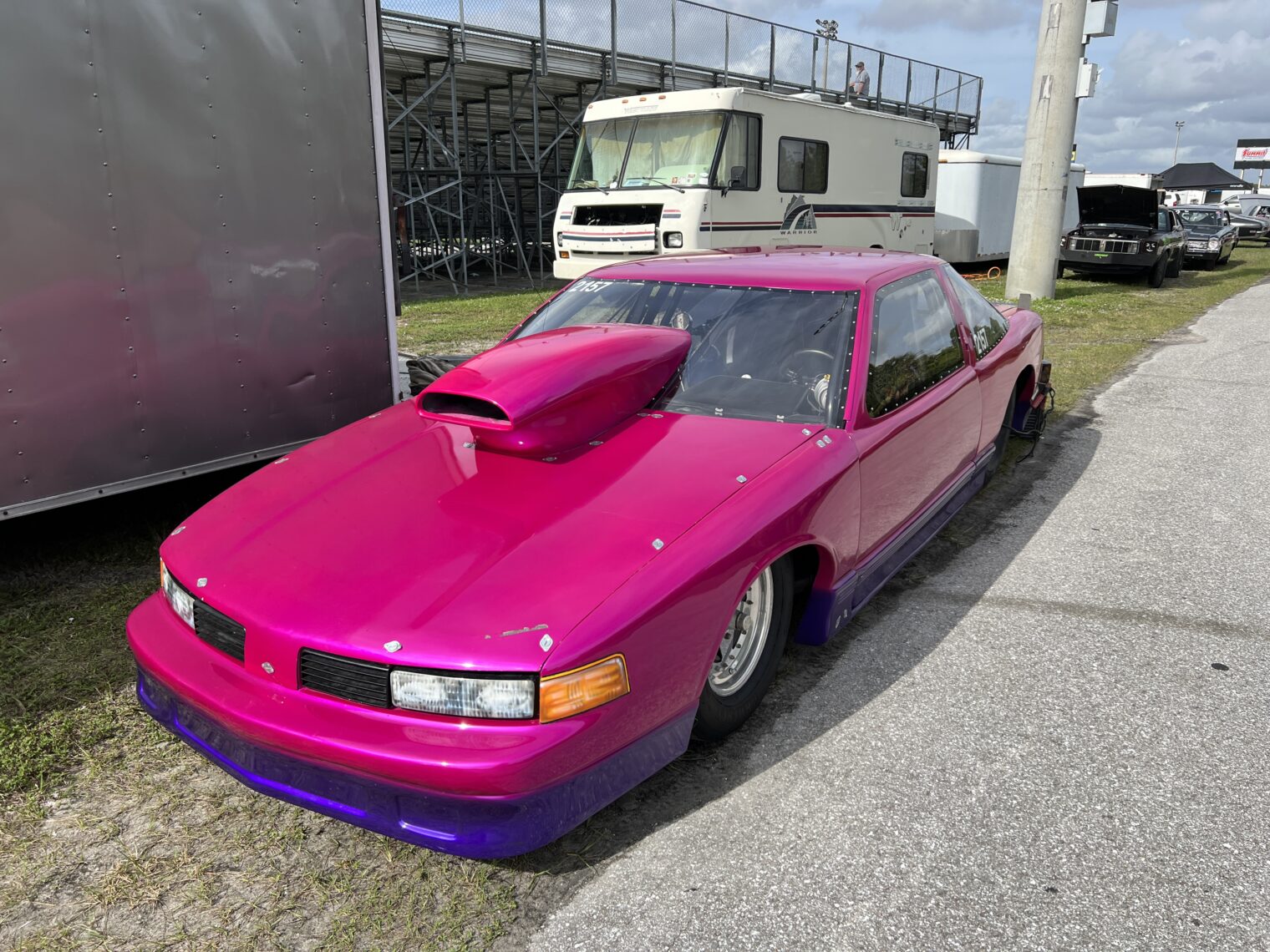
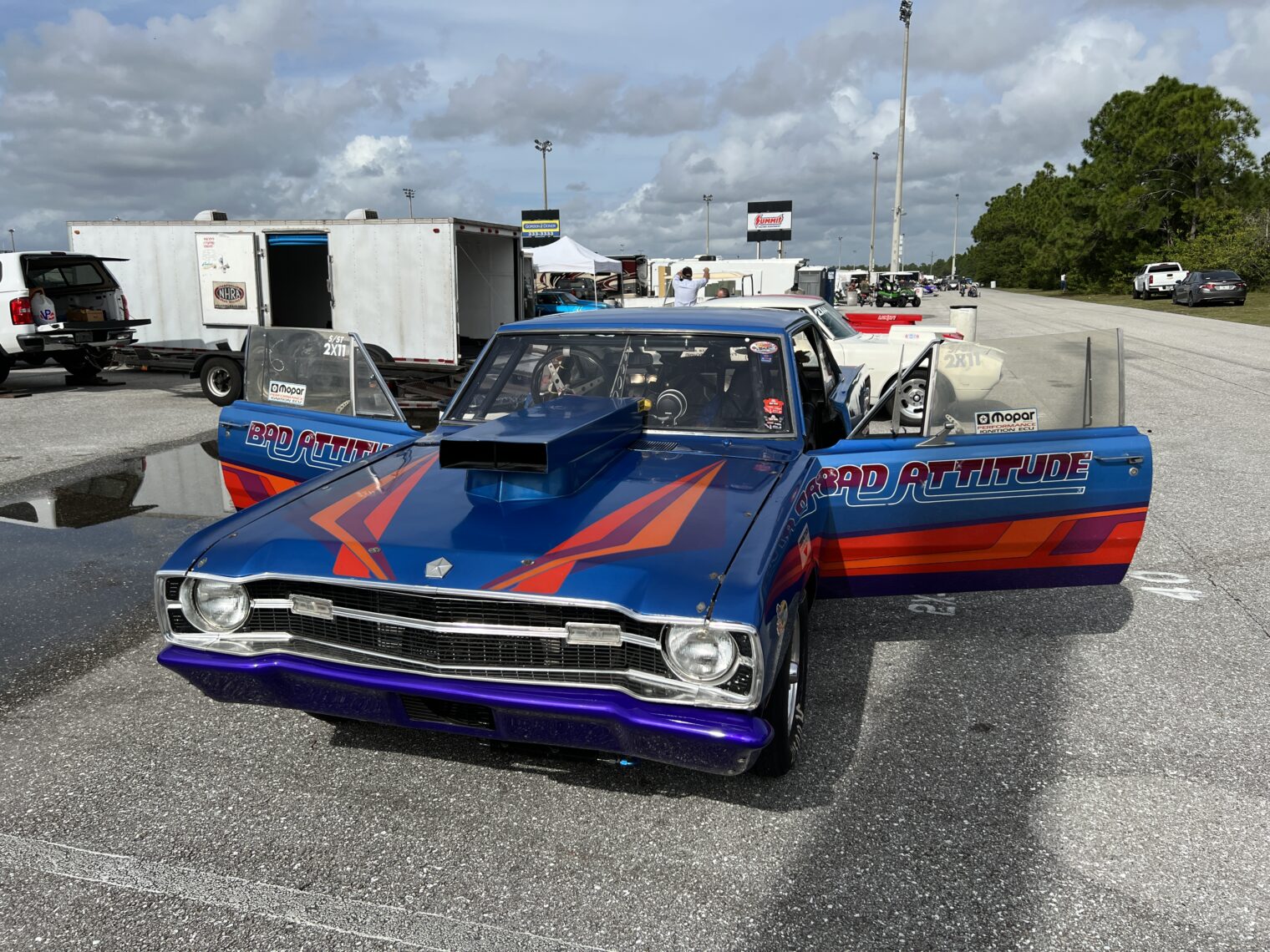
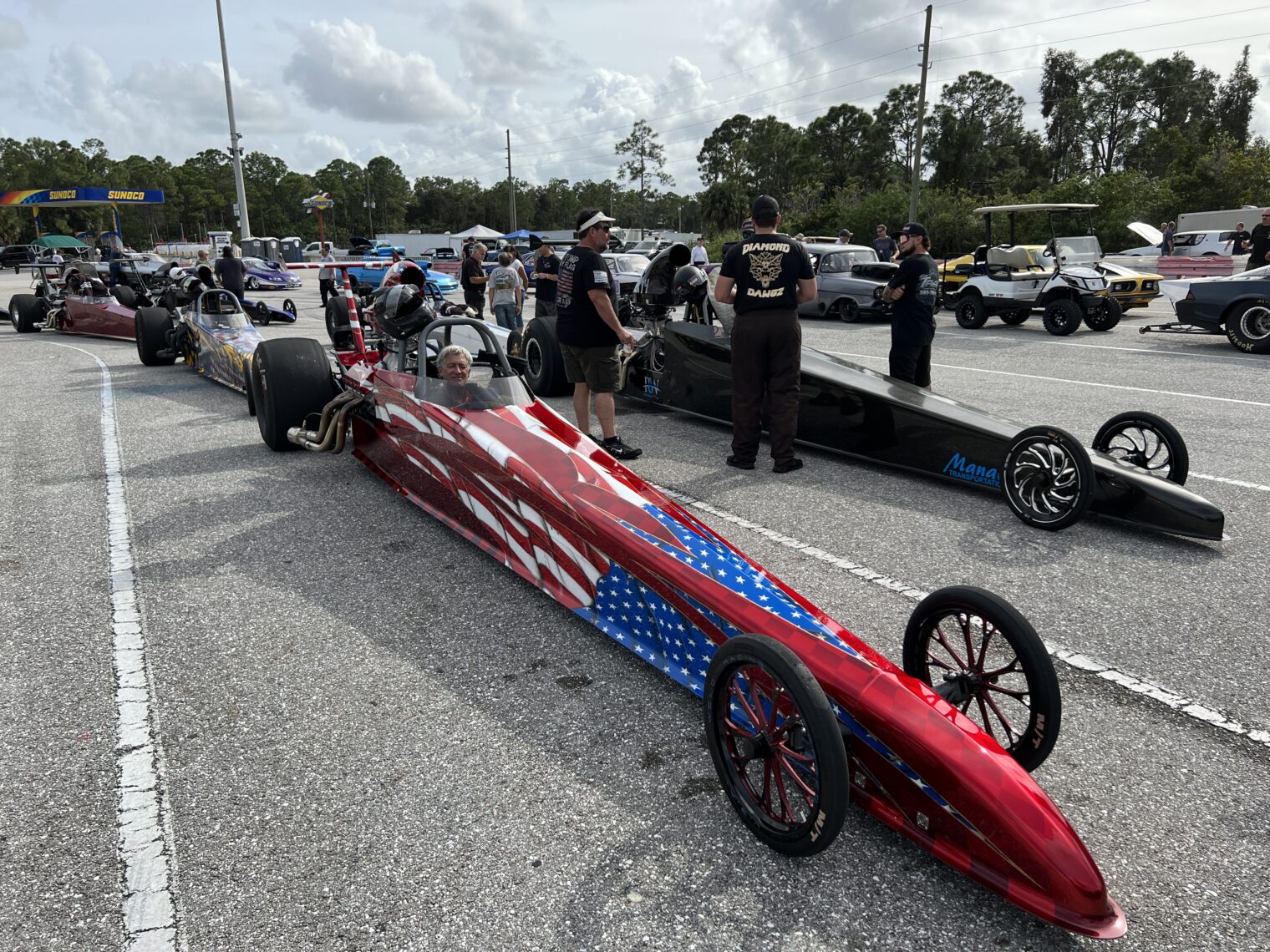
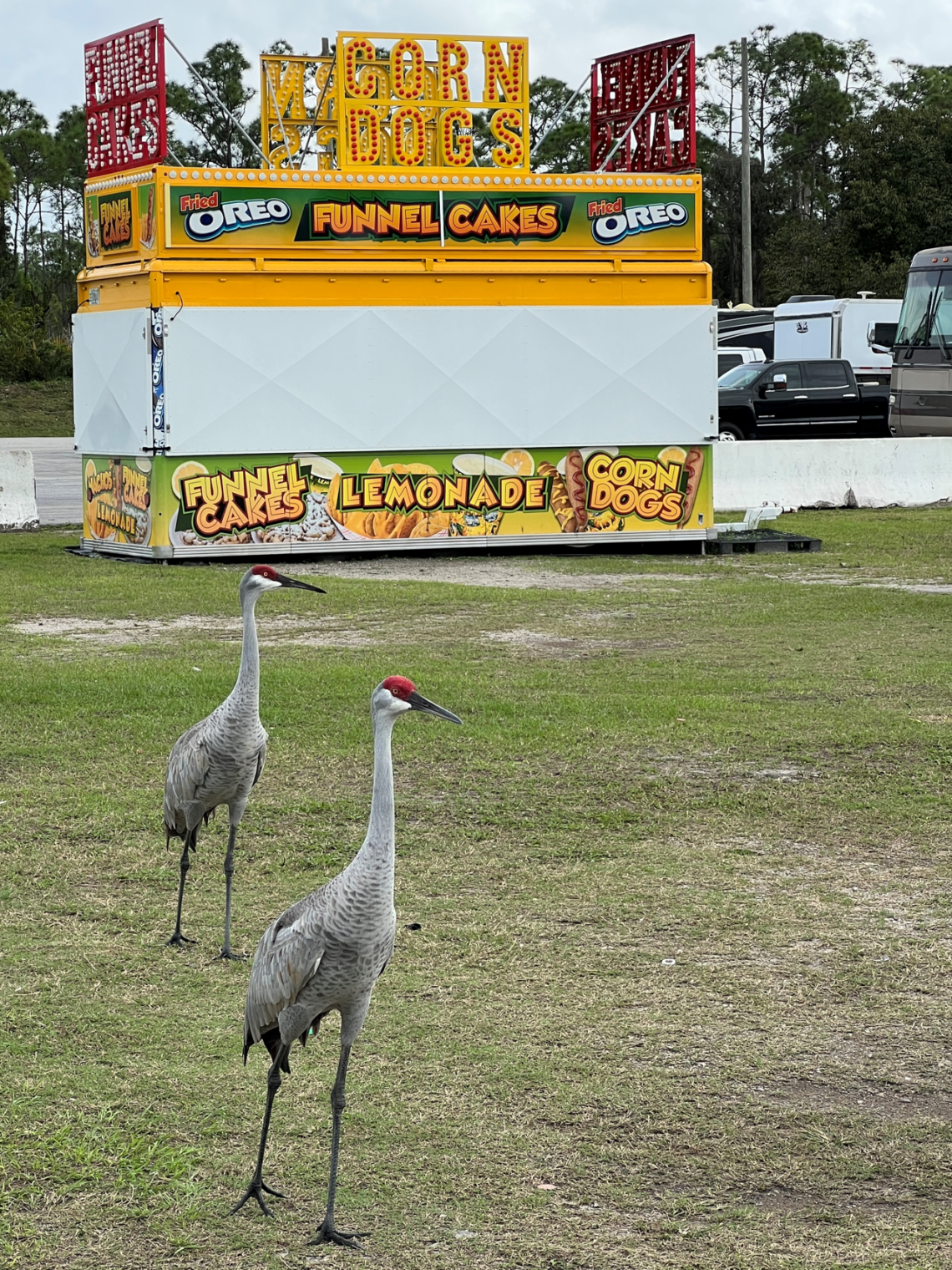
I’d take the Kia EV6 over the Ioniq (Kia and Hyundai are sister companies, both cars are built on the same EV-only platform not hobbled by gasoline legacy like a big transmission tunnel in the middle). They priced it too high, and I would have had to wait an extra 6 months at the very least, however, which is why I opted for the Tesla Model 3 Long Range instead (60 more miles). I’m certainly never going back to gasoline.
You’re mistaken in thinking that Tesla cares about selling cars to the public, when in fact all Tesla’s profits come from selling emission credits to other car manufacturers:
Other Automakers Paid Tesla a Record $428 Million Last Quarter
You’re confused — these credits are revenues not profits. According to Tesla’s most recently published 10Q the company had quarterly revenues of about $13.7 bil — so $428mil of credits would be about 3% of revenues — relatively insignificant. Anyway, it strikes me as a shrewd way to generate revenues.
Jack, Anon: I think Anon is correct that, at least in some quarters, Tesla was nudged over into profitability by those credits. But, on the other hand, when all of the other car companies are selling electric vehicles in volume, I don’t see why those credits remain valuable. If Hyundai comes over to the virtuous side, for example, why do they need to buy credits from anyone else? They’re generating their own virtue.
Tesla is a pioneer of electric cars. It may remain as a niche player of prestigious EV brand for some time. I am not ready to rely on vehicles that require long charge and may loose charge when standing for a day in cold or hot weather and pay a large premium for them over compact gasoline vehicles, basically double the cost of a compact car.. I can imagine hue recharging lines if more buyers will by EV for long commutes North and South America – style. Not ready to drive only 300 miles per day or 36 hours on a long trip. Still not robust enough for mass consumption.
I could have buy one for daily commute if the price drops to match compact gasoline car price. But even then, occasionally I need to travel 400 miles and leave my family car to the family. With current rentals cars availability and pricing it s not feasible.
Tesla is going to start having to promote: “Birthing Mode.” Beat that, VW and Hyundai!
“Pennsylvania mother gives birth to ‘Tesla baby’ while electric car was in autopilot.”
https://www.dailymail.co.uk/news/article-10324009/Pennsylvania-mother-gives-birth-Tesla-baby-electric-car-autopilot.html
Now Elon Musk can tell Elizabeth Warren: “I’ll guarantee I’ve helped deliver more babies than you have.”
The charging network is the car. For renters, that limits it to the only car with a charging network, the Tesla. Rumor has it, there aren’t any non Tesla cars actually in stock. We still don’t know how long the different cars last.
This just underlines how immature is the entire pure EV industry.
I have helped my wife picked a Hyundai Ioniq 5 as her next company car. The company proposed a list of 12 or so models, half electric/PHD (first time there were electrics on this list, a sign they’re finally affordable enough as company cars), half diesel/gas (diesel, this being France).
We were told to expect the car in 12 months. This is still better than the delays in the Soviet Union, which our parents experienced.
The list was updated several times, removing choices as many manufacturers not only have huge delivery delays, but have stopped taking corporate orders until next year. This is unheard of, as far as I know.
Down in mexico, I was chatting with a gentleman who works at some sort of testing facility that new car manufacturers use. According to him, the only company making new cars right now is Tesla, because of chip shortages. (How Tesla has managed to not be affected, he didn’t know.)